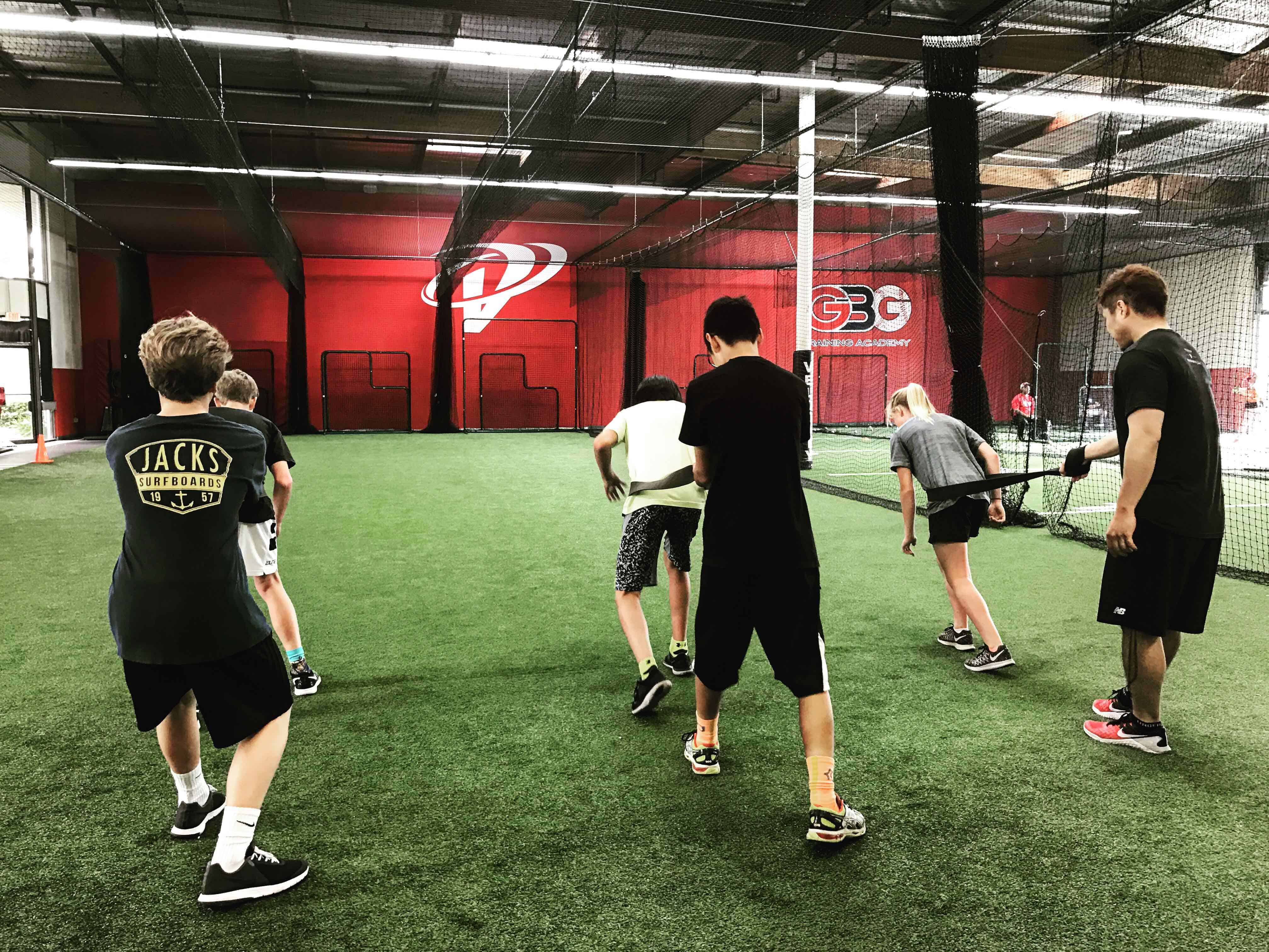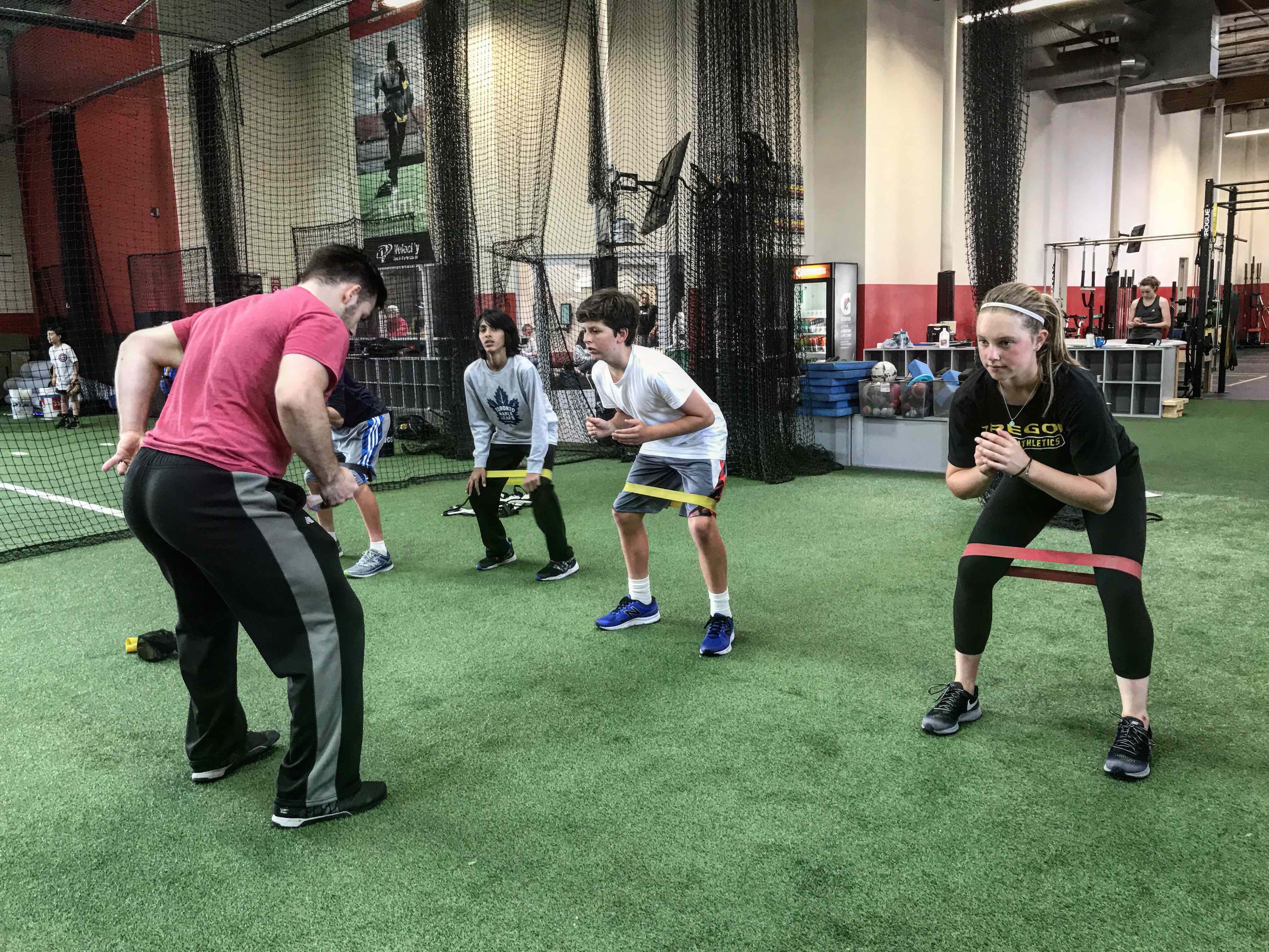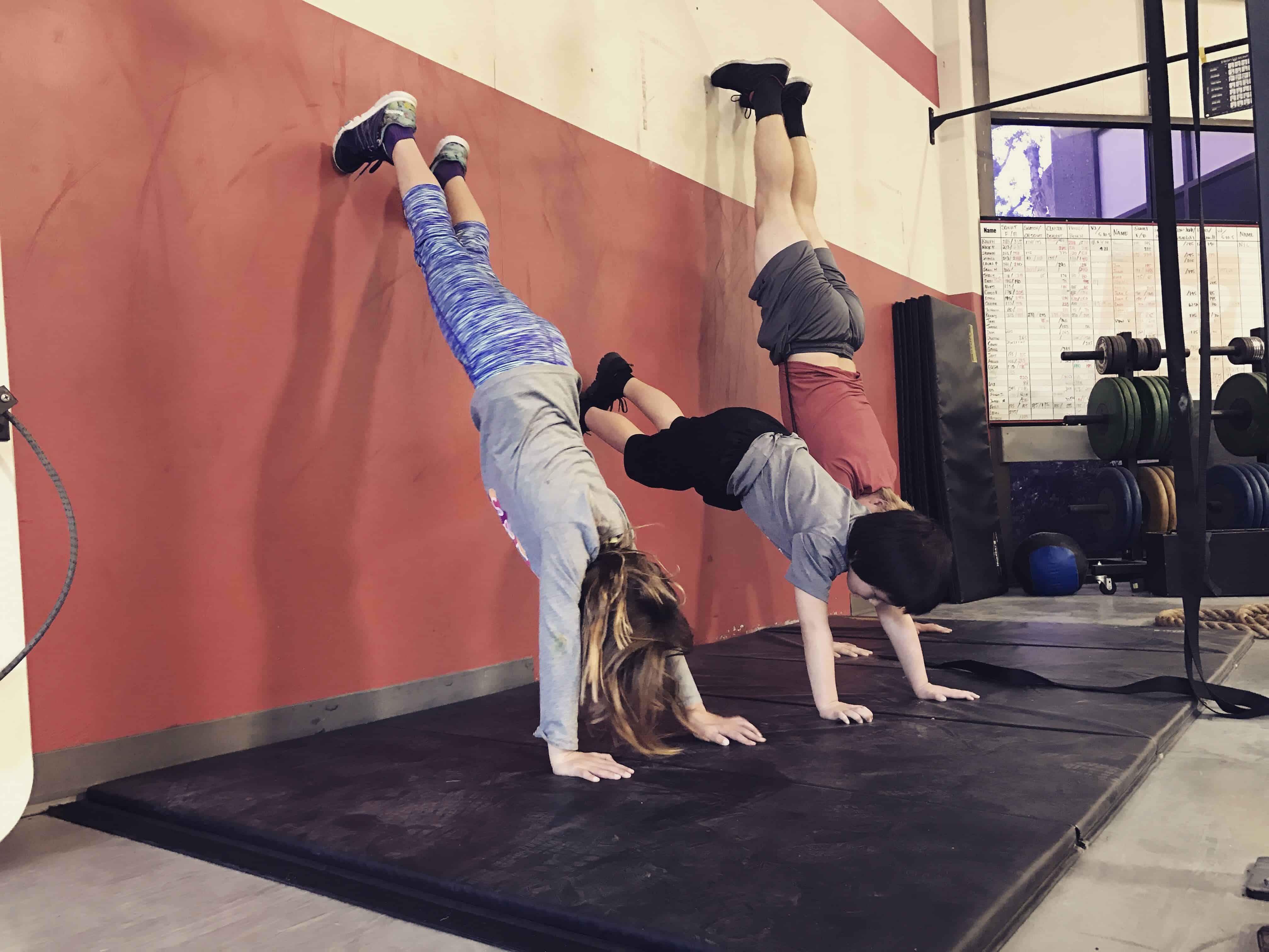Confidence
In order for youth athletes to make it to an elite level, they have to have talent, dedication and the drive to work hard and improve their skills. While ability and work ethic are very important skills for athletes to develop, the one skill that sets elite athletes apart is confidence.
By improving one’s confidence on the court of field, it benefits all aspects of an athlete’s life. On the other hand, a lack of confidence can have devastating results for an athlete’s performance in sport and in the classroom.
As a coach or parent, we want the best for our athletes. We want them to have faith and confidence in their abilities. We want them to know what they’re capable of achieving today and, with hard work and dedication, what they’re capable of achieving tomorrow. When an athlete is confident in their abilities, they are more aggressive and generally play harder and better.
Just like physical skills, confidence is something that can be developed with practice.
Here are 6 ways to develop confidence in youth athletes to set them up for long-term success:
Lead By Example
Kids learn how to react to situations by watching their role models. For example, when a young kid trips and falls, they pause for a second or two as they try to figure out how to react. Am I ok? Should I Cry? During those few seconds they are looking at a coach or parent to gauge their response. They search for cues in the faces of their coaches or parents, and will respond accordingly. If we rush over panicked and worried, they are going to be panicked and worried. If we respond by acknowledging the fall calmly and offer a bit of encouragement— “you’re ok, it was just a fall, dust yourself off” — they will usually pop right back up. It is important for parents and coaches to be role models constantly displaying the discipline, hard work, and self-belief that you hope to see in your athlete.
Practice Makes Perfect
Confidence is based on evidence and experience, which comes from practice. Practice is the time for athletes to work on their skills. If an athlete is constantly sharpening their skills and abilities, they are constantly reinforcing faith in their capabilities.
Start Off Easy & Develop the Fundamentals
A simple way to improve confidence is to start with something easy. For example, if you’re teaching someone how to hit a baseball for the first time, you won’t start by pitching a fastball from the pitcher’s mound. You wouldn’t do this, because it simply won’t be fun for a new player to constantly swing and miss. Instead, start them off hitting from a tee. They can learn how to keep their eye on the ball and make firm contact. As they get better, you can try tossing the ball under hand to them from a few feet away. Finally, as their skills continue to develop and their confidence grows, you can move back to the pitcher’s mound.
Break It Down
Anything you do well becomes enjoyable. That is the idea for starting on the tee and developing the fundamentals from the last example. It is important for coaches to break down the skills so the athlete can understand what they need to do. Once they have consistently shown that they have mastered the fundamentals off the tee, they will get bored of the tee. Once they get bored, a coach will introduce a slightly more complicated skill to develop. Putting in the time and working on the basics doesn’t appear glamorous — but athletes who constantly sharpen their skills, sharpen their confidence. MLB players warm up the same way by starting on the tee to make sure their fundamentals are dialed in and they are confident before they hit live.
Focus On Doing Your Best
In sport, the objective is to win. But the desire to win shouldn’t take away from an athlete’s most important goal: doing your best. The best team or player doesn’t always win, it’s the team that plays the best that wins. As coaches and parents we have to let our athletes know that there is no shame in losing if you do your best. Sometimes its bad luck, or sometimes the opponent is just better than you. If you know during practice that you put your best effort into learning and mastering the fundamentals, and focusing on doing your best instead of being the best, the wins will come as long as you play hard.
“Don’t Fear Failure”
Lastly, and perhaps more important, teach kids not to be afraid of failure. Confidence in youth athletes comes down to the battle between faith and fear. Fear of failure can really destroy an athlete’s confidence even to a point where they don’t want to participate so they don’t make any mistakes. As a coach, we have to recognize when athletes are afraid and nervous. When we recognize this, we must empower them, we must offer words of encouragement and remind them of their abilities. Understanding fear is the best skill you can teach a young athlete. Fear of failure holds us back from being the best we can be — not just in sport, but in all areas of our lives.



